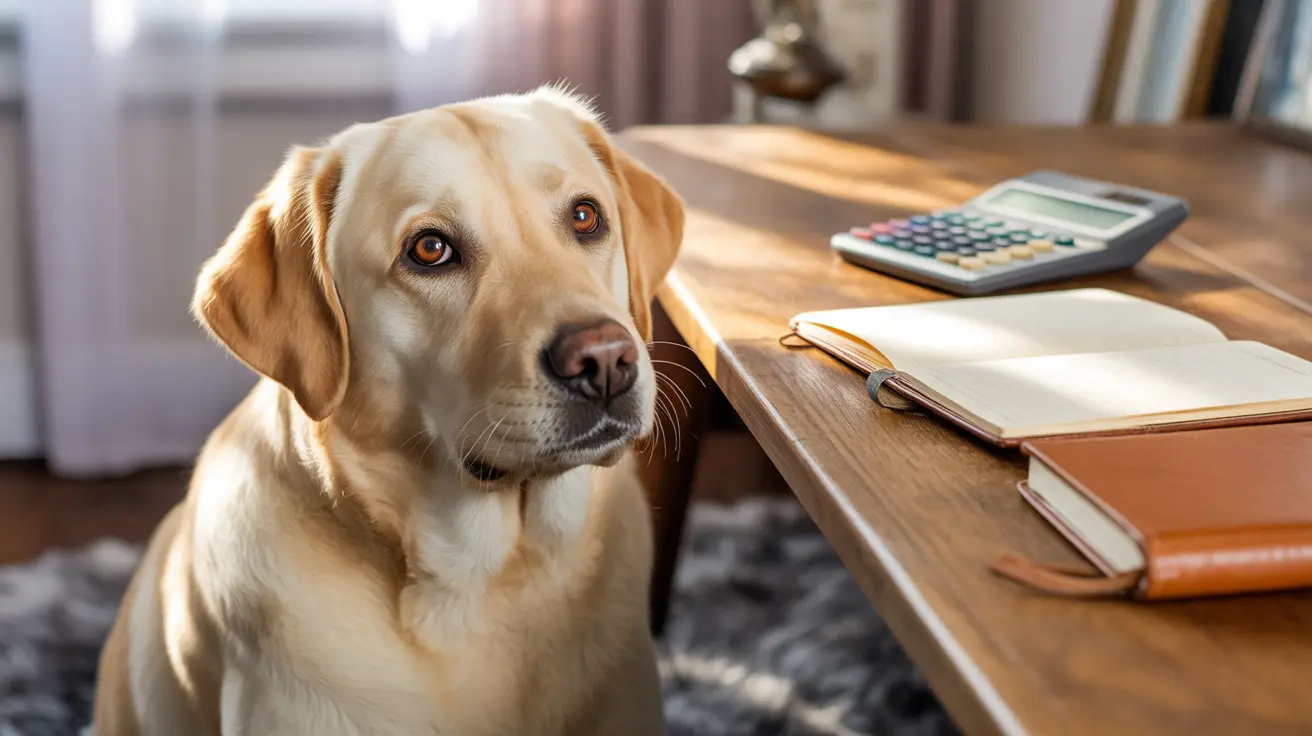When to See a Vet for a Dog’s Dry Nose
It’s common for pet owners to notice changes in their dog’s nose, especially when it feels unusually dry. While a dry nose isn’t always a sign of illness, it’s essential to understand when it necessitates veterinary attention. A dog's nose serves as an important sensory organ and plays vital roles in smell detection, thermoregulation, and overall health.
What is a Normal Dog Nose Like?
Most healthy dogs have moist and cool noses. This moisture is maintained through mucus secretion and regular licking. It helps dogs trap scent particles more effectively and regulate body temperature, as dogs don’t sweat through their skin.
Common and Harmless Causes of a Dry Nose
Several everyday situations can lead to a temporarily dry nose and are usually harmless:
- Sleeping: Dogs don’t lick their noses while sleeping, so it may feel dry upon waking.
- Dry or heated air: Environmental factors like indoor heating or cold weather can reduce nose moisture.
- Age: Senior dogs often produce less mucus, resulting in a drier nose.
- Exercise: Panting during long play sessions or walks can cause temporary dryness.
- Breed-specific traits: Brachycephalic breeds such as pugs and bulldogs may struggle to lick their noses due to their facial structure.
When Dryness Suggests a Health Problem
While some dryness is normal, certain signs may indicate an underlying issue:
- Nasal hyperkeratosis: This condition involves an overproduction of keratin, causing a crusty, thickened, or cracked nose. It is more common in certain breeds and older dogs.
- Sunburn: Especially in dogs with light fur or pink noses, sun exposure can cause dryness and color changes.
- Allergies: Environmental or food allergies may result in a dry and irritated nose.
- Dehydration: Decreased water intake or illnesses causing fluid loss can dry out the nose. Watch for dry gums, lethargy, or sunken eyes.
- Autoimmune diseases: Disorders like lupus or pemphigus can cause scabbing, cracking, and color changes on the nose.
- Infections: Viral, bacterial, or fungal infections may produce nasal discharge and texture changes.
- Environmental irritants: Cleaning products or airborne irritants can also dry the nose temporarily.
Signs That Warrant a Vet Visit
If any of the following symptoms accompany your dog’s dry nose, it’s time to consult a veterinarian:
- Persistent dryness that doesn’t resolve
- Visible cracks, bleeding, scabs, or sores
- Noticeable color changes in the nose
- Other symptoms such as lethargy, fever, appetite changes, or abnormal gum color
- Nasal discharge, especially if thick, discolored, or pus-like
Treatment Options
- Environmental dryness: Gentle cleaning and using dog-safe nose balms can provide relief.
- Nasal hyperkeratosis: Vets may recommend keratolytic agents and professional grooming to trim excess keratin.
- Dehydration: Ensure your dog drinks plenty of fresh water.
- Autoimmune or infectious causes: These need medical diagnosis and specific treatments like medications or immune suppression therapy.
- Sunburn prevention: Apply pet-safe sunscreen on pink noses and avoid prolonged sun exposure.
Important Safety Tips
- Avoid human moisturizers—they can be toxic if ingested.
- Consult your vet before applying any topical treatments.
- Don’t rely on home remedies unless approved by a professional.
Conclusion
Most instances of a dry dog nose are harmless and temporary. However, if dryness is persistent or has additional symptoms, a veterinary visit is warranted. Early attention can prevent complications and provide your pet with the relief they need.





